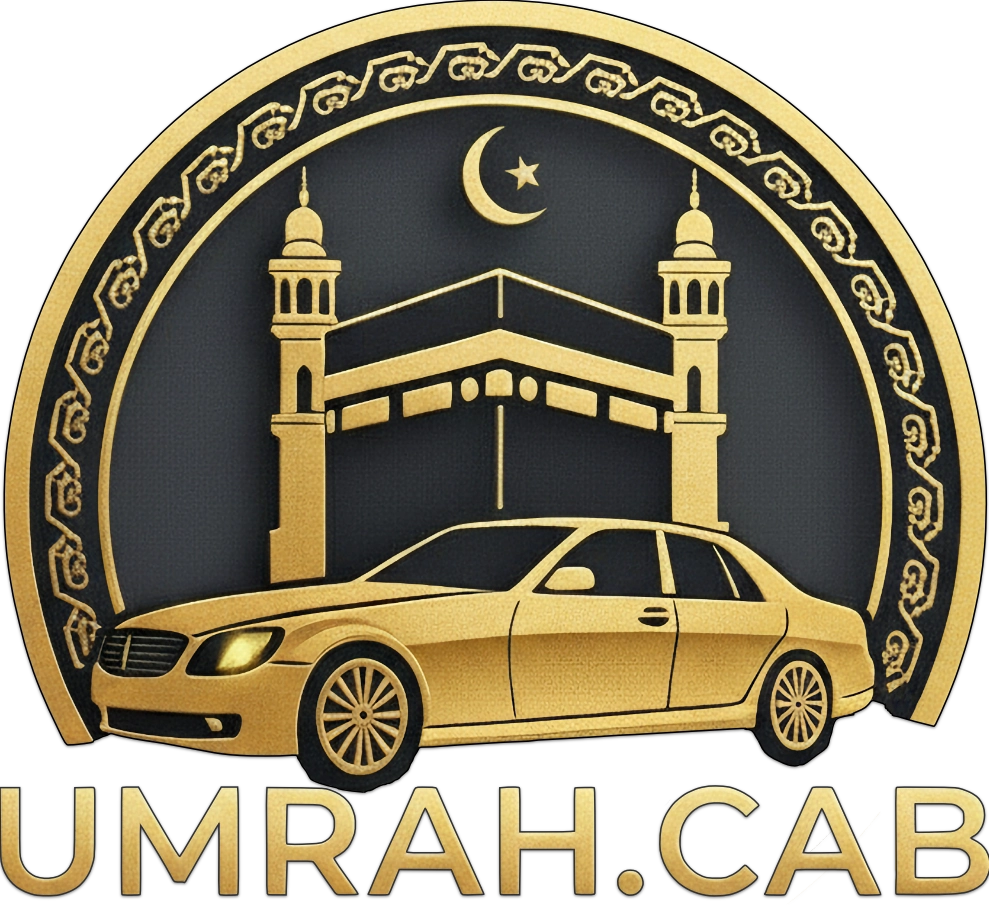Makkah Ziyaraat Tours: A Spiritual and Historical Guide to the Holy City
Performing Umrah or Hajj in Makkah Al-Mukarramah is the spiritual centerpiece of a Muslim’s journey. While the rituals surrounding the Holy Kaaba are the primary focus, the city and its surroundings also hold deep historical significance.
Undertaking Ziyaraat (visiting significant sites) in Makkah allows pilgrims to walk in the footsteps of the Prophet Muhammad (PBUH) and his companions. It transforms Quranic stories and the Seerah into lived experiences, enriching the spiritual impact of your pilgrimage.
Why Ziyaraat is Important
However, visiting these sites isn’t always easy. They are spread across the city, often in mountainous areas and along busy roads. The intense heat can make it even more challenging for pilgrims.
How Umrah.cab Makes It Easier
This guide will introduce you to the essential Ziyaraat sites in Makkah.
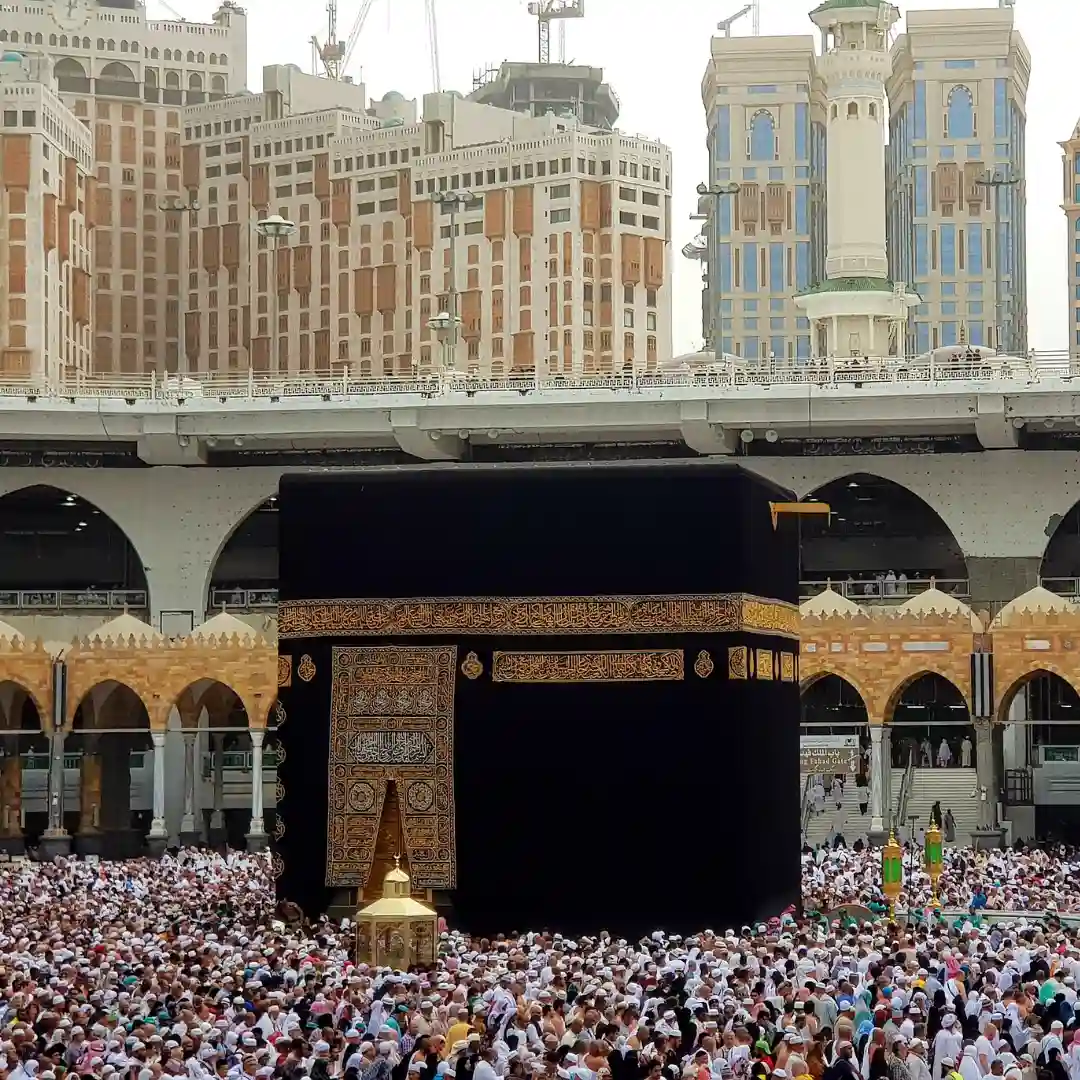
The Advantage of a Private Ziyaraat Tour
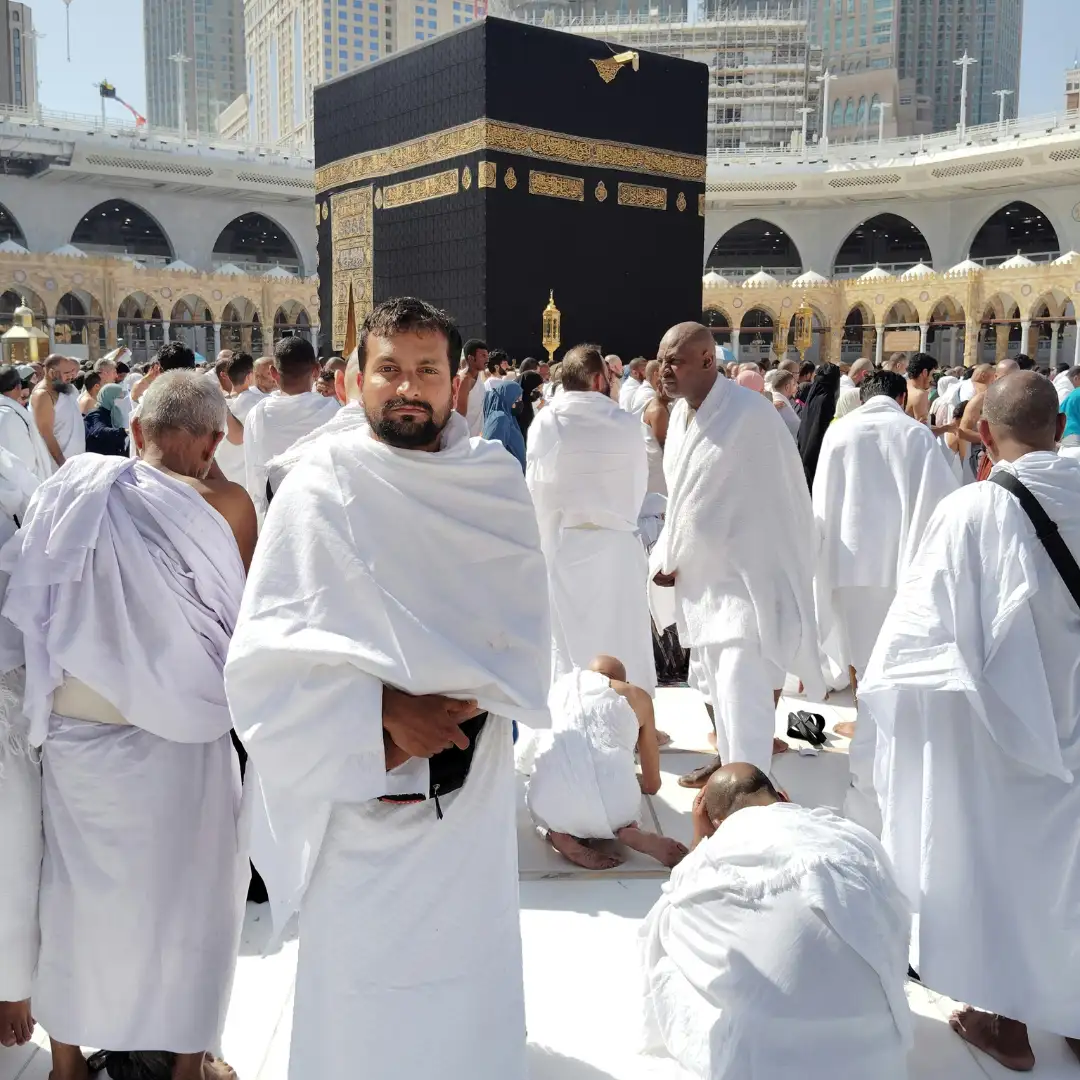
ComfortThe climate in Saudi Arabia requires powerful air conditioning. All our vehicles are checked daily to ensure the air conditioning is functioning optimally.
FlexibilityStart the tour at a time that suits you (early morning is recommended) and spend as much time as you wish at each site for reflection and prayer.
EfficiencyOur local drivers are familiar with the exact locations, the best routes, and the optimal times to visit.
AccessibilityDoor-to-door service directly from your hotel lobby, ideal for families and elderly pilgrims.
The Mountains of Revelation and Refuge
Jabal Al-Noor (The Mountain of Light) and the Cave of HiraJabal Al-Noor is perhaps the most significant historical site outside the Haram. It is home to the Cave of Hira (Ghar-e-Hira), the small cavern where the Prophet Muhammad (PBUH) used to meditate and where he received the first revelation of the Quran from the Angel Jibreel (Gabriel).
What to Expect: The mountain is steep, and the climb to the cave is physically demanding, taking 1-2 hours for most people. Our tour takes you to the base of the mountain, allowing you to view it and reflect on the beginning of Prophethood.
Jabal Thawr (The Mountain of the Bull) and the Cave of ThawrJabal Thawr holds the cave where the Prophet (PBUH) and his closest companion, Abu Bakr (RA), sought refuge for three nights from the Quraish tribe during their migration (Hijrah) to Madinah. It was here that Allah protected them miraculously, as evidenced by the story of the spider’s web at the cave entrance.
What to Expect: Like Jabal Al-Noor, the climb is strenuous. Our tour stops at the base, allowing for reflection on the sacrifice and trust in Allah demonstrated during the Hijrah.
Jabal Malaika (The Mountain of Angels)Though less commonly visited, this site is traditionally recognized as a location associated with the divine assistance of Angels (Malaika) during the early struggles of Islam. Jabal Malaika serves as a reminder of the divine support provided to the early believers.
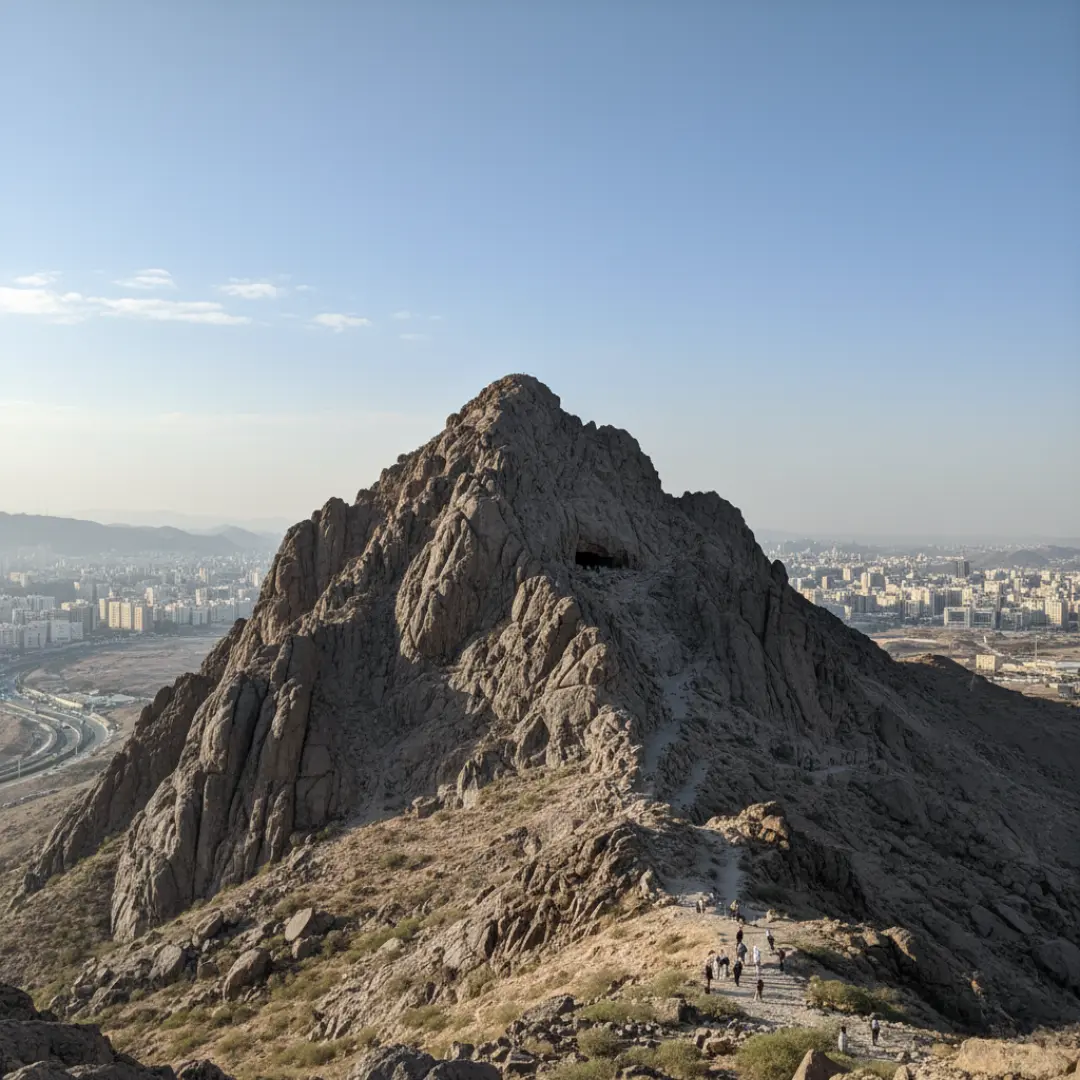
The Sites of Hajj: Mina, Muzdalifah, and Arafat
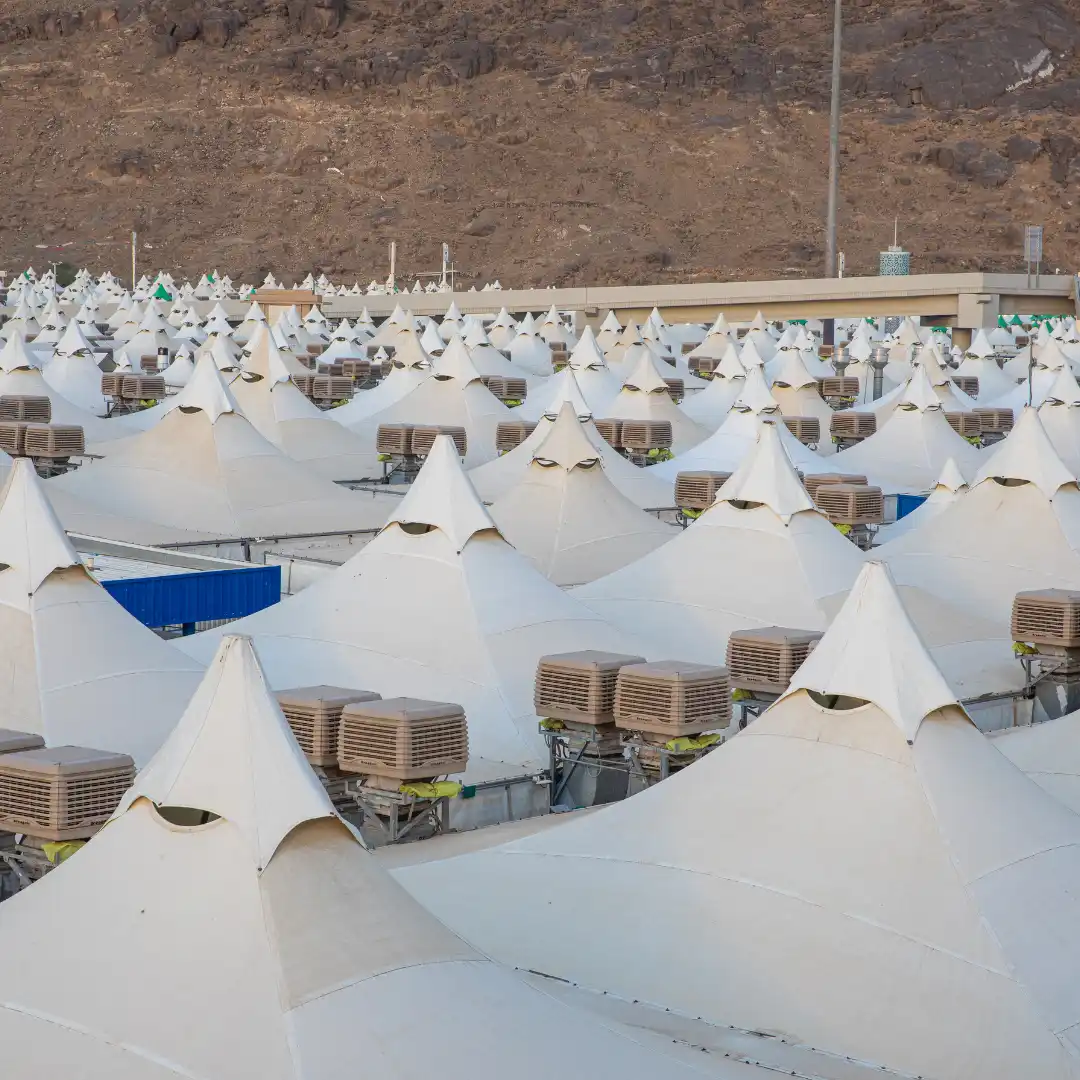
Mina (The Tent City)Where pilgrims spend several days during Hajj and perform the symbolic stoning of the devil (Ramy al-Jamarat). You will see the extensive infrastructure and the Jamarat Bridge.
MuzdalifahThe open plain between Mina and Arafat, where pilgrims spend the night under the stars and collect pebbles for the stoning ritual.
Arafat (and Jabal al-Rahmah)The plain where pilgrims gather for the Wuquf (standing before Allah), the most critical part of Hajj. We stop near Jabal al-Rahmah (The Mount of Mercy), where the Prophet (PBUH) delivered his final sermon.
Makkah Ziyaraat Gallery
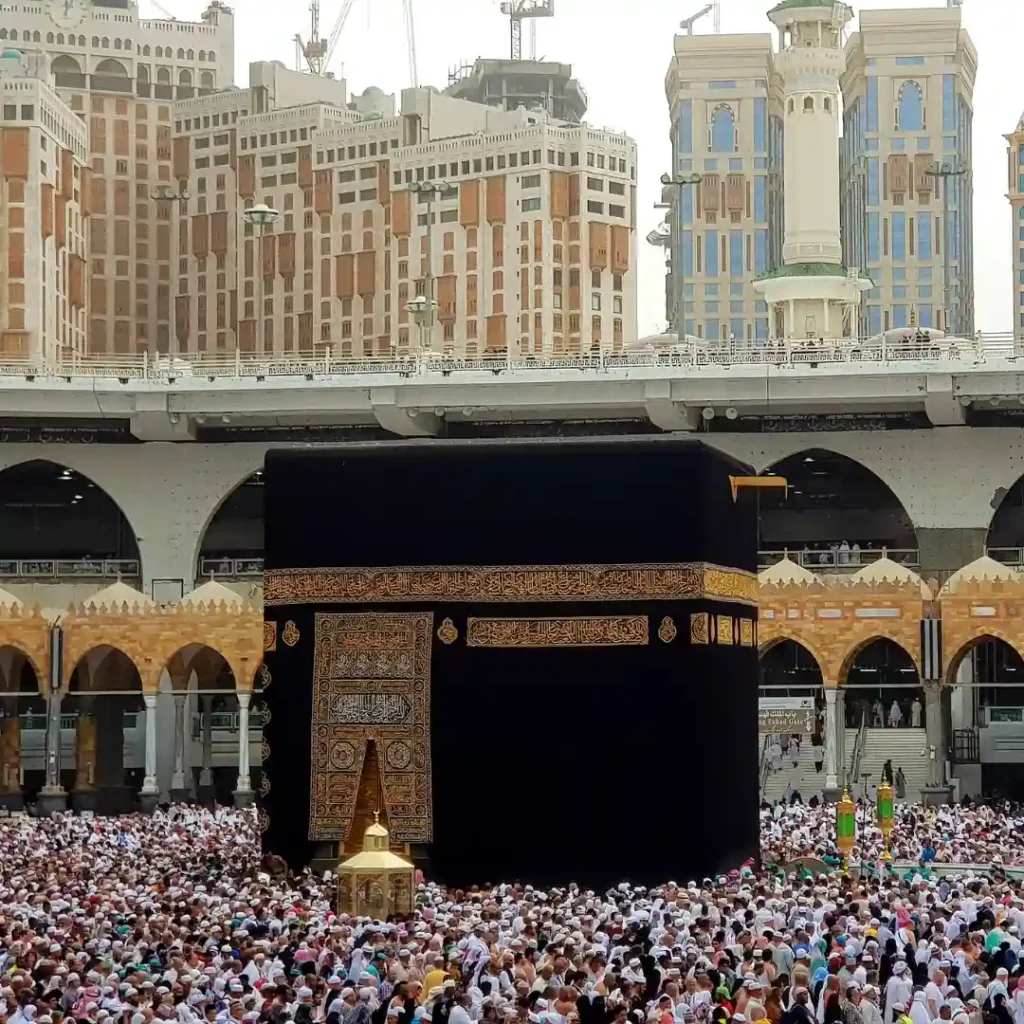
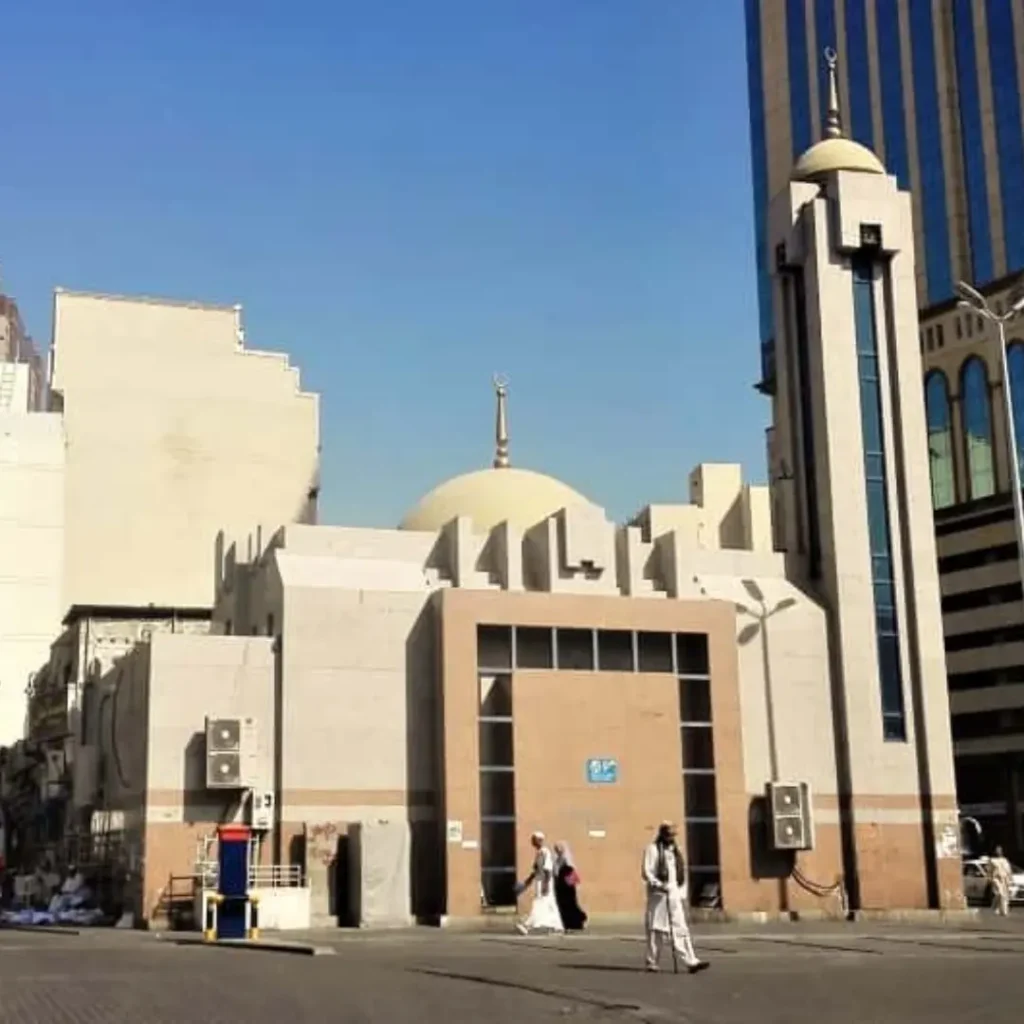
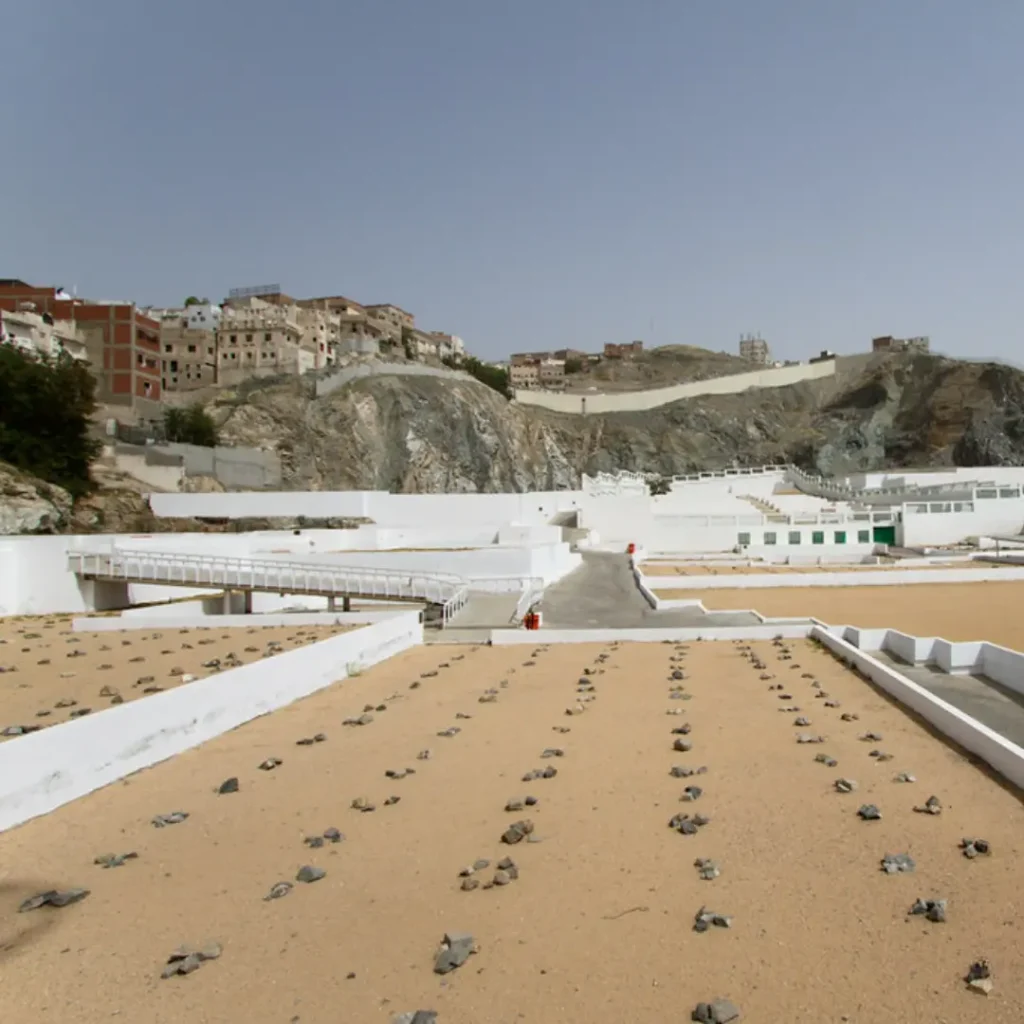
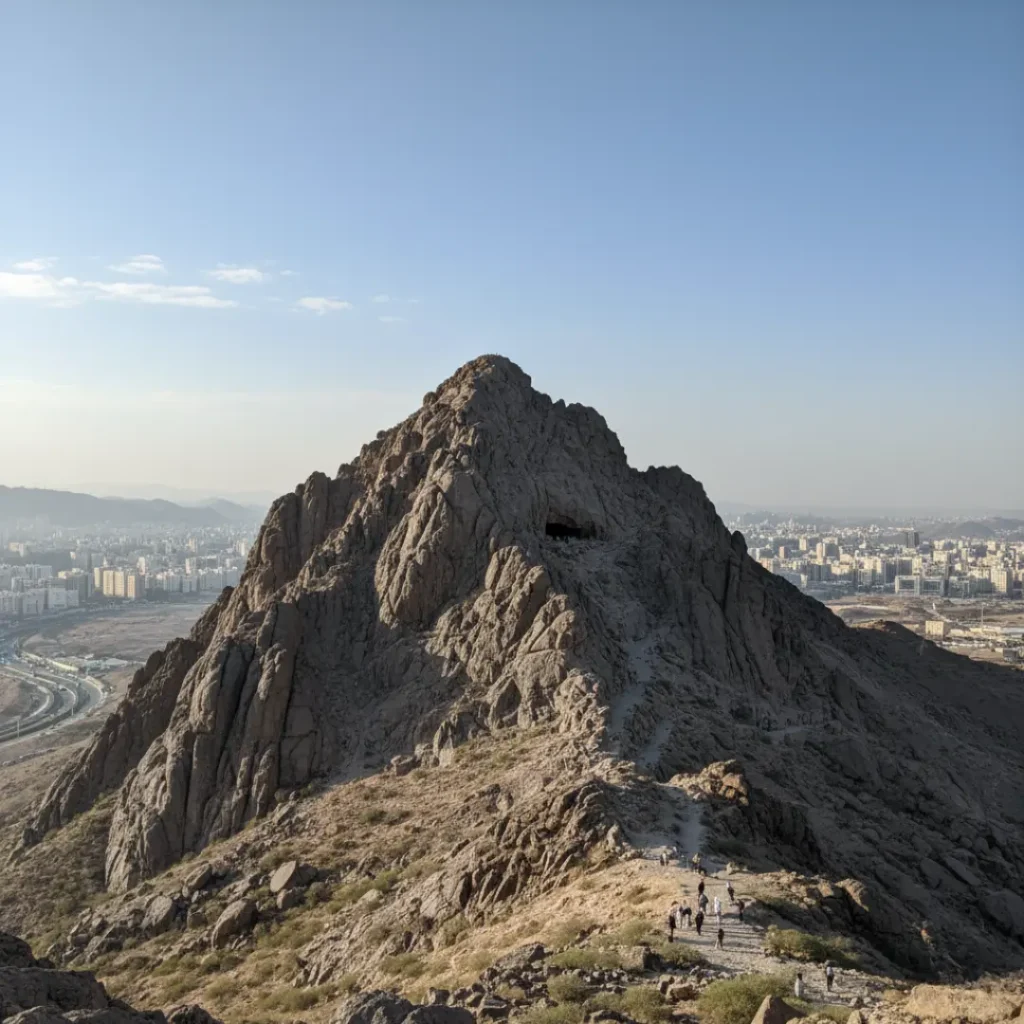
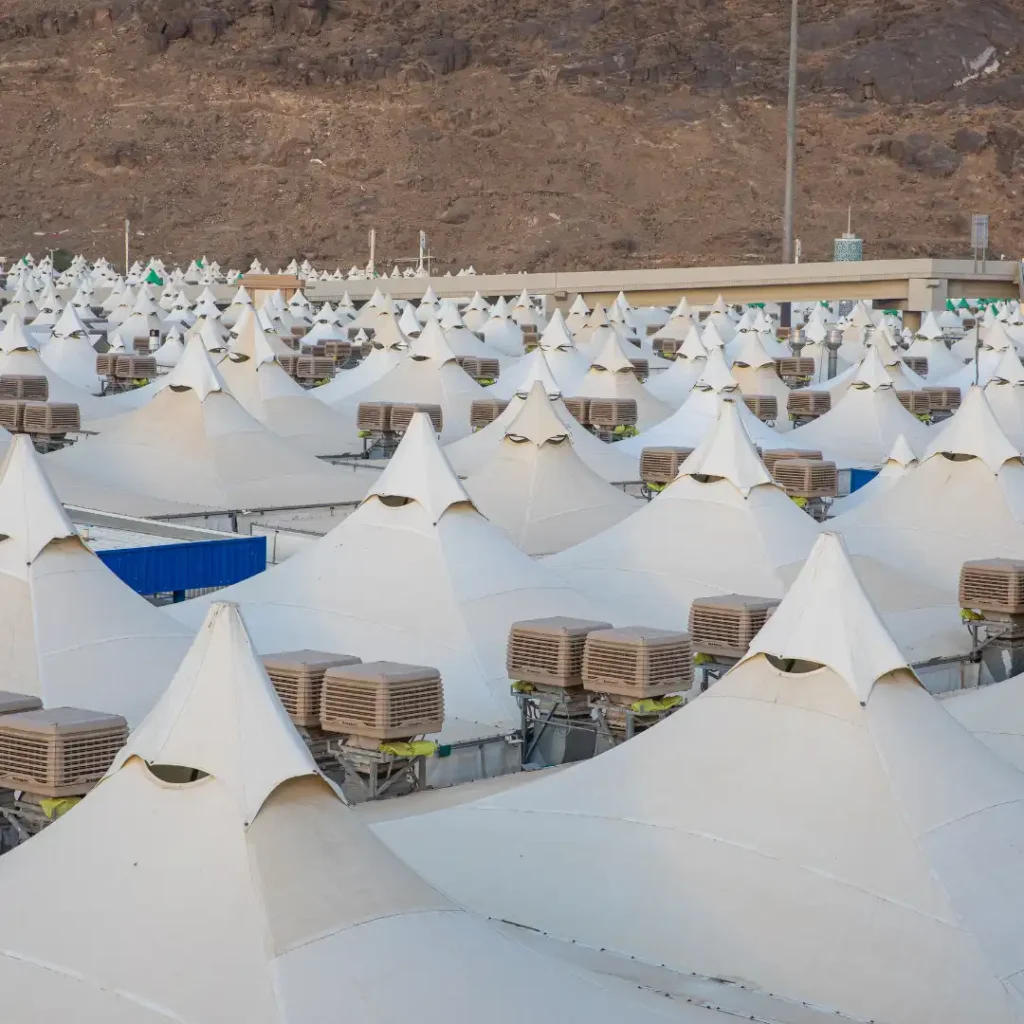
Historical Mosques and Landmarks
Masjid al-JinnThis mosque is built at the location where a group of Jinn (intelligent beings created from fire) listened to the Prophet (PBUH) reciting the Quran and accepted Islam.
Masjid al-Raya (The Mosque of the Flag)This site is historically significant in relation to the Conquest of Makkah (Fath Makkah). It is believed to be the spot where the Prophet Muhammad (PBUH) planted his flag (Raya) upon peacefully re-entering the city. Masjid al-Raya symbolizes the victory of Islam in the region.
The Birthplace of the Prophet (PBUH)Located near the Haram, the site historically recognized as the house where the Prophet Muhammad (PBUH) was born is now home to the Makkah Al-Mukarramah Library. While visitors cannot enter the original structure, viewing the site is a powerful reminder of the humble beginnings of the final Messenger of Allah.
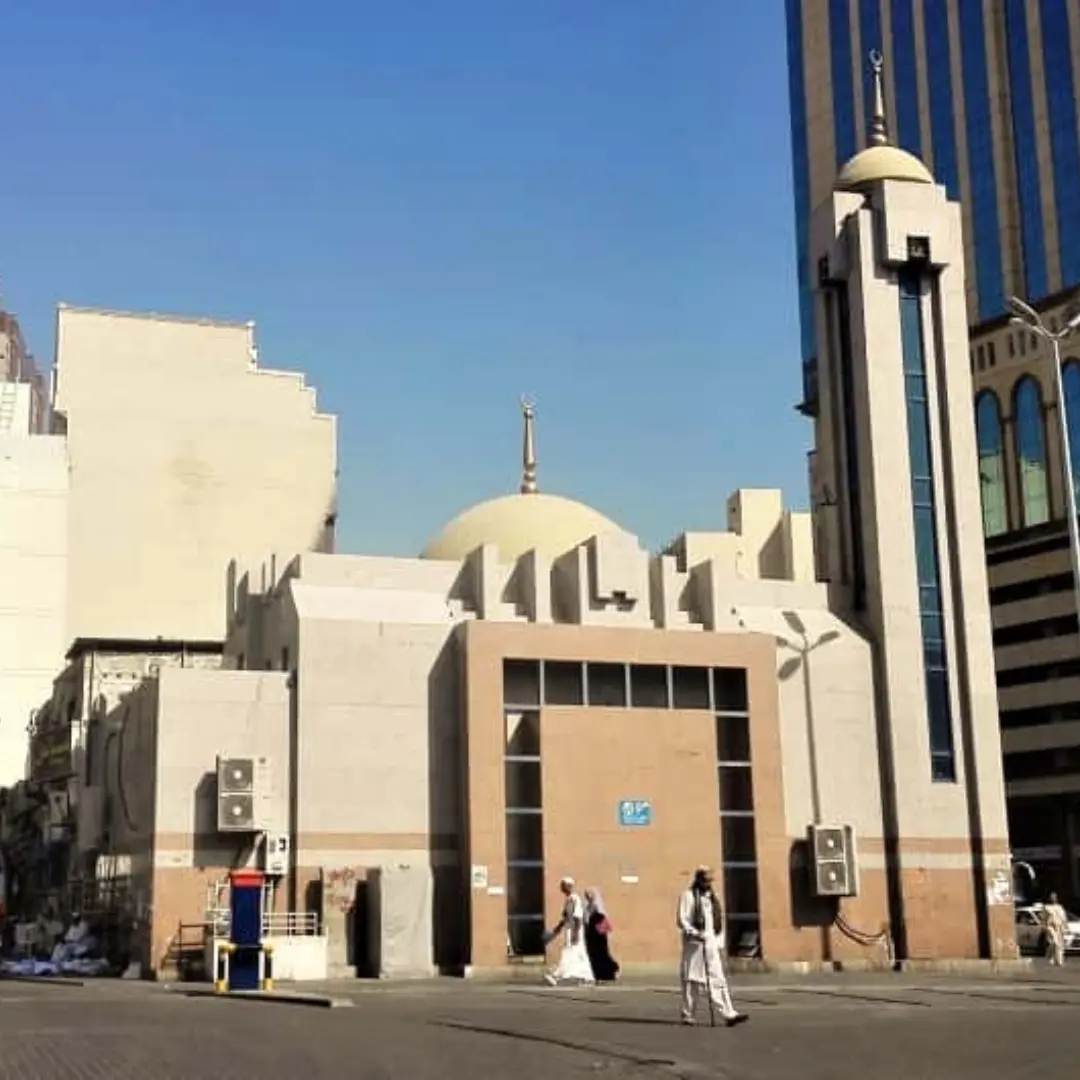
Jannat Al-Mu’alla (Cemetery)
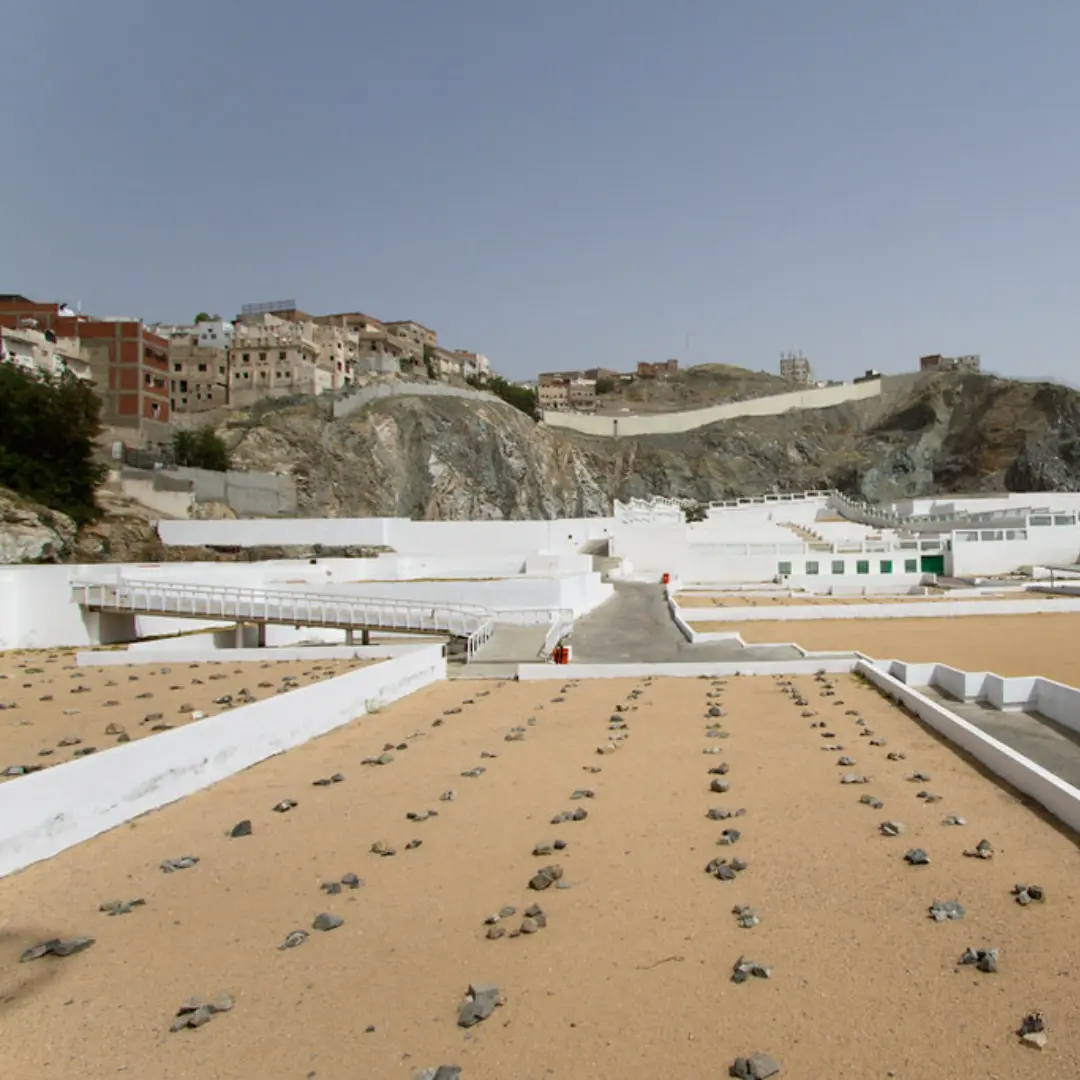
Notable figures buried here are:
Other Historic Places
Our flexible tours can also include other significant sites upon request, such as:
Tour Logistics and Vehicle Options
Tour Details
Vehicle Options
We cater to all group sizes:
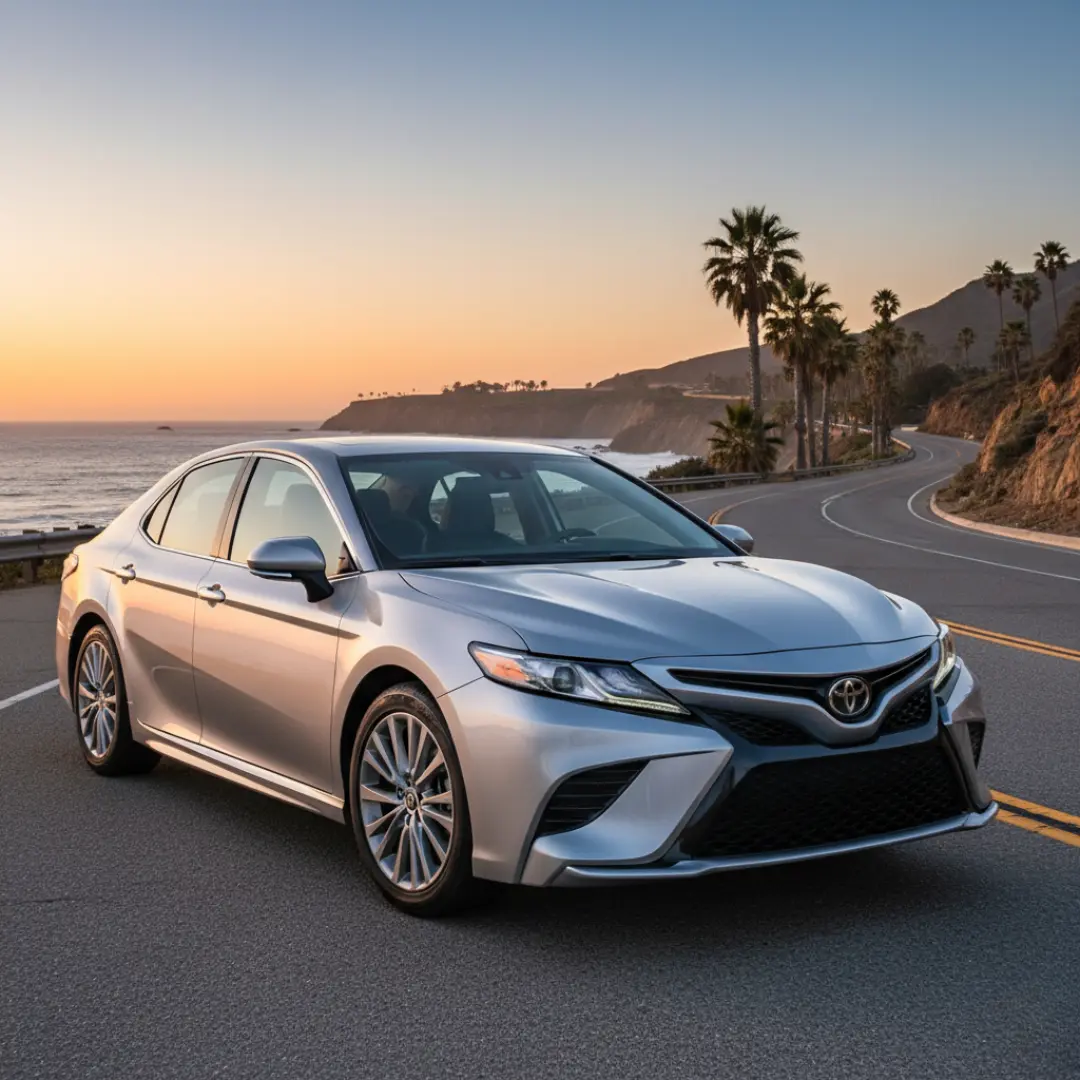
Pilgrims’ Reflections
The tour was smooth and spiritually uplifting. The driver knew every route, making our Ziyaraat stress-free and deeply meaningful.
Saad Khan – India
Traveling with my elderly parents was easy and comfortable. The air-conditioned vehicle and helpful driver made the entire journey peaceful.
Fatimah Al-Sayed – Egypt
From hotel pickup to visiting sacred sites, everything was well organized. It gave me time for reflection without worrying about logistics.
Yusuf Hossain – United Kingdom
FAQs about Makkah Ziyaraat
1. Are your drivers also tour guides?
Our drivers are highly experienced and knowledgeable about the locations, history, and best routes for the Ziyaraat sites. They will provide facilitation and basic information. While they are excellent drivers, they are not specialized Islamic scholars or licensed tour guides.
2. Can we climb Jabal Al-Noor or Jabal Thawr during the tour?
Our standard 3-4 hour tour only stops at the base of these mountains. Climbing either mountain takes significant time (1.5-2 hours each) and substantial physical effort. If you wish to climb, you must book a specialized extended tour or arrange for the driver to wait (hourly hire rates may apply).
3. Is it mandatory to visit these sites during Umrah?
No, Ziyaraat visits are not mandatory rituals of Umrah or Hajj. They are voluntary acts undertaken for educational and spiritual enrichment.
4. Can I customize the tour itinerary?
Absolutely. This is one of the benefits of a private tour. You can inform the driver which sites you wish to prioritize or skip.
5. How should I dress for the Ziyaraat tour?
Modest, respectful attire is required, the same as when visiting the Masjid al-Haram. Comfortable walking shoes are recommended.
